+++ Weapons of the Imperium +++
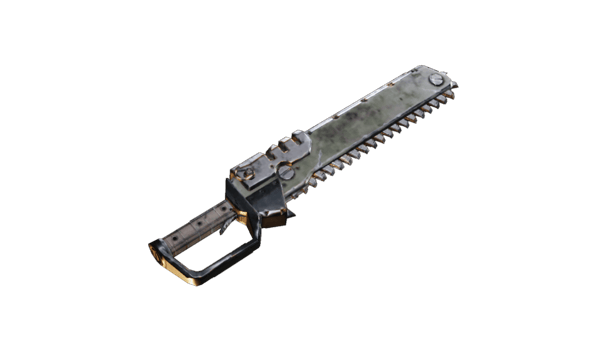
Hyrion Dunescape
Noted for its combat efficacy on the desert world of Hyrion, this pattern has long been a favourite of numerous abhuman regiments, many of whom were liberated during the campaign from the predations of the hated Drukhari.
View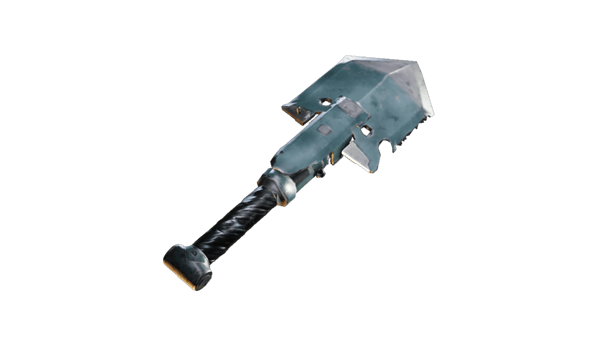
Hyrion Dunescape
Noted for its combat efficacy on the desert world of Hyrion, this pattern has long been a favourite of numerous abhuman regiments, many of whom were liberated during the campaign from the predations of the hated Drukhari.
View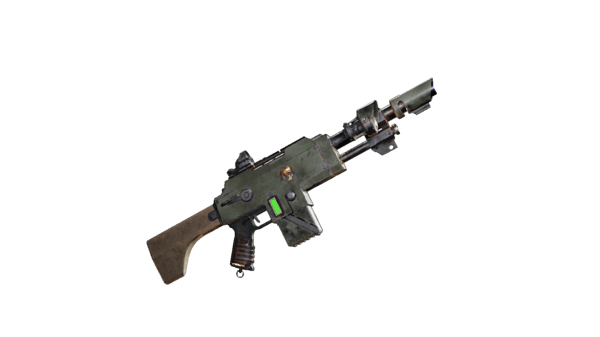
Iaphus Death's Head
Popularised by the Moebian 20th, 78th, and 103rd regiments during mobilisations in the benighted Fringe Zone, this camo pattern was actually devised by the Iaphus XIIth – the notorious "Death's Heads" – during their long campaign against the infidious Aeldari.
View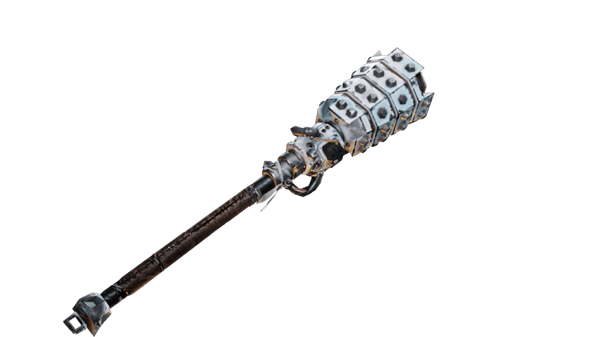
Icebreaker
Named for the colossal, armoured ships often employed by the Truskan natives on hunting expeditions into the frozen polar caps of Trusk.
View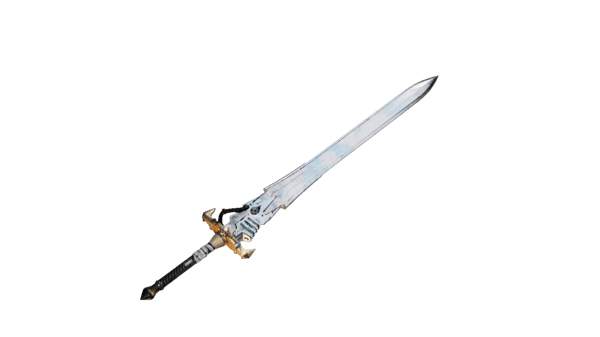
Icefall Shard
With an edge that bites like a howling, arctic wind, this sword has tasted the blood of scores of the Emperor's foes.
View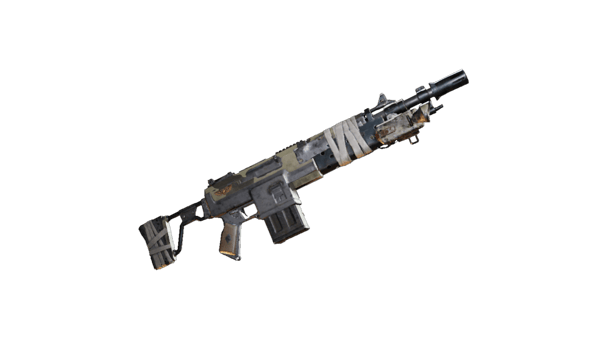
Infantry Autogun (Ash Ranger Camo)
The ash-fields of Adraelus in the Nocturnus Straits are a hazardous environment created by decades of relentless war. Once sprawling from the shadow of a fledgling city, it is now a killing field, where reluctant Moebian regiments face nameless horrors amidst skeletal ruins.
View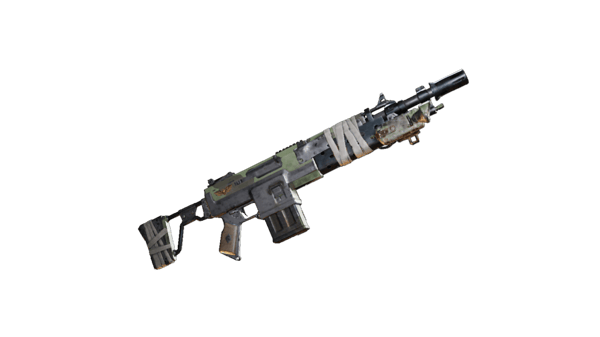
Infantry Autogun (Brainleaf Shade)
Originating amongst the famed Catachan Jungle Fighter regiments, this common jungle camo pattern is named for a particularly nasty, semi-sentient death world plant, with a penchant for latching onto and controlling local fauna. Or unwary soldiers.
View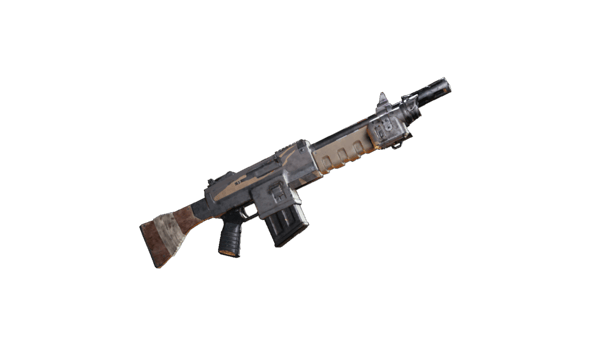
Infantry Autogun (Bruteplains Camo)
Made famous during the infamous Krourk Insurrection – a campaign waged across seemingly endless, arid plains, where the local sabretoothed fauna were far more of a threat than any renegade.
View
Infantry Autogun (Chemzone Sludge Camo)
One of 91 camo patterns put forward by Departmento Munitorum Questor, Sebastian Xanthez, in an attempt to standardize Astra Militarum campaign colours. Xanthez's treatise is currently in its 85th year of "processing".
View
Infantry Autogun (Coldblood Tundra)
Named for the Valhallan 1212th "Cold Bloods", this camo pattern has become a standard iceworld fatigue in the Astra Militarum, finding use in campaigns from the Somnium Stars to the Eastlight Nebula. Whether it imbues its adopters with the famed tenacity of its namesakes, on the other hand, remains to be proven.
View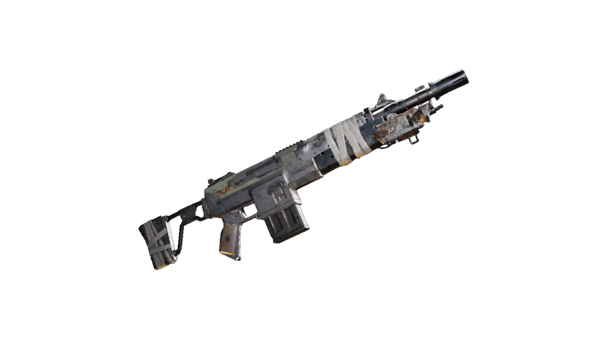
Infantry Autogun (Darkweald Battleshade)
Worn by hand-picked platoons during numerous covert raids, this camo pattern has become known and feared by enclaves of Drukhari pirates across the galaxy.
View
Infantry Autogun (Faustus Battlegarb)
A uniform of sorts, issued to the crew of the impeccably turned-out Rogue Trader, Sarissa Faustus. Many such items have found their way into the hands of soldiers, pirates and gangers alike, due to the incredibly high mortality rate of Sarissa's often mutinous crews.
View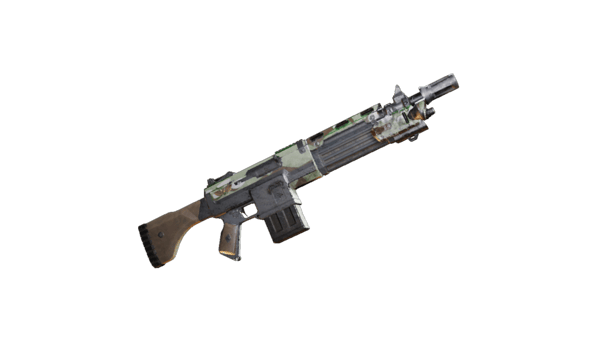
Infantry Autogun (Fenstalker Camo)
Originally created as an alternate camo pattern for the Fenguard of the mist-haunted bogs of Drook VI, this design has become a touchstone for use in battlezones from sodden marshland to rain-soaked trench-lines.
View
Infantry Autogun (Ferrus Darksun)
Official designation notes claim this uniform variation was created for battle on the sun-scorched plains of Attikus XI. Rumours that it was first used during an ill-fated assault on a daemon world are robustly denied.
View
Infantry Autogun (Fireclaw Camo)
Seen across a hundred volcanic worlds, from Lahari IX to Mezoa, Fireclaw camo was perhaps most famously utilized by the Moebian 71st during the Diabolus Campaign, where fierce fighting amidst the lava floes cemented the regiment's formidable reputation.
View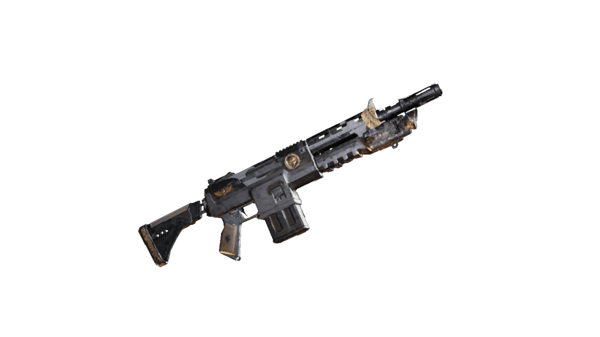
Infantry Autogun (Manorium Astrogranite)
Worn by Moebian regiments during one of the largest planetstrike mobilisations in over a century. The so-called Sultar Uprising was finally crushed on the industrial world of Taavan when the Arch-Heretek, Zhraekar, was overthrown.
View
Infantry Autogun (Mechrite Scourge)
This camo pattern was last utilised amidst the sweltering rust-dunes of Megiddio Septima, where a joint battleforce formed of the Moebian 55th and the 6th Pyran Dragoons fought the Aeldari for control of a vast cache of archeotech.
View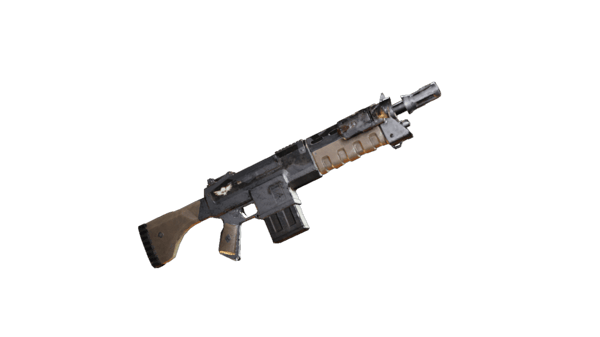
Infantry Autogun (Mortis Operative)
Mortis Operatives are a secret cadre within Grendyl's warband, and you aren't cleared for that information.
View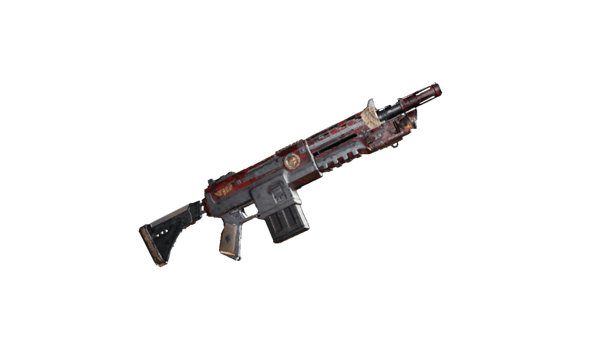
Infantry Autogun (Purgation Fields Camo)
Developed shortly before a Fringe War battle on the red moon, Carara, this camo pattern is often worn with pride by Moebian regiments, who claim the colouration actually signifies the blood of the many heretics who were slain that fateful day.
View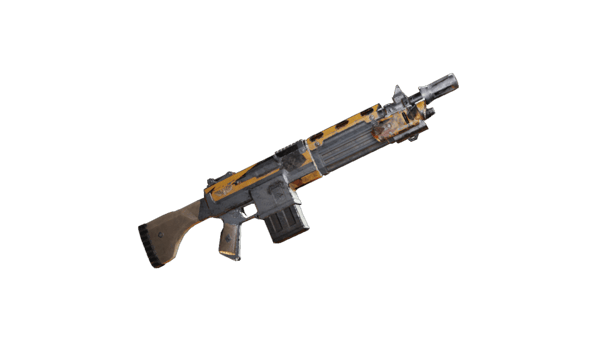
Infantry Autogun (Scourgesplinter Camo)
This pattern mimics the shifting shadows of the myriad xenos structures that litter the sulphur deserts of Sarius III. Recently, a platoon of the Moebian 120th were sent to Sarius III to investigate strange xenos ruins. Upon their return, all but the most senior officers were mind-wiped…
View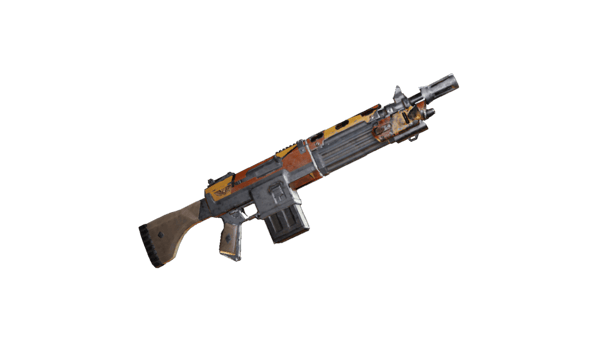
Infantry Autogun (Solarstorm Wastes)
Originally devised for a much-vaunted campaign across the triple-sunned planet of Ramanthus IV – a death world where crystal forests formed from rad-blasted sands, and maw-toothed fauna hunted unwary soldiers by night.
View
Infantry Autogun (Stormranger Camo)
Developed by the Sharpshooters of the Moebian 13th, aka the “Stormrangers”, this camo pattern is ideally suited to the many jungle environments of the Moebian Fringe. From thorny undergrowth and high verdant canopies, the Stormrangers pick off heretics and xenos alike with well-placed sniper fire.
View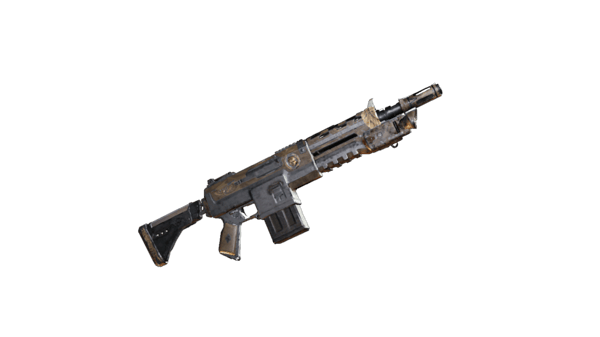
Infantry Autogun (Sumpwater Infiltrator)
Few Astra Militarum regiments relish being issued with this sickly-coloured camo, because it usually means their next task involves entering some renegade-infested hive via the often-unguarded waste-processing outlets. It's a dirty job, but someone has to do it.
View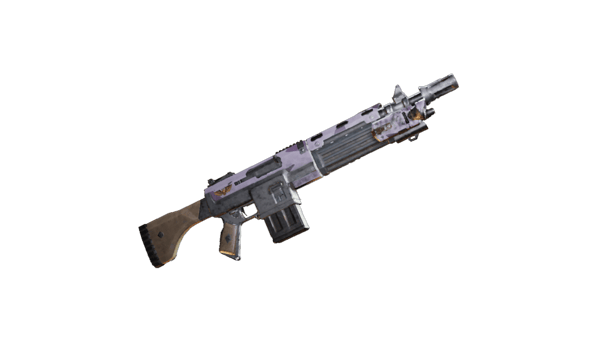
Infantry Autogun (Winterhome Scar Camo)
The Battle of Winterhome is notorious in the annals of the Astra Militarum as a disastrous defeat. Far from being seen as an unlucky camo pattern, Winterhome Scar is incredibly effective. After six sorties back to that frozen helscape, the bodies have still not been found...
View
Infantry Lasgun (Chemzone Sludge Camo)
One of 91 camo patterns put forward by Departmento Munitorum Questor, Sebastian Xanthez, in an attempt to standardize Astra Militarum campaign colours. Xanthez's treatise is currently in its 85th year of "processing".
View
Infantry Lasgun (Coldblood Tundra)
Named for the Valhallan 1212th "Cold Bloods", this camo pattern has become a standard iceworld fatigue in the Astra Militarum, finding use in campaigns from the Somnium Stars to the Eastlight Nebula. Whether it imbues its adopters with the famed tenacity of its namesakes, on the other hand, remains to be proven.
View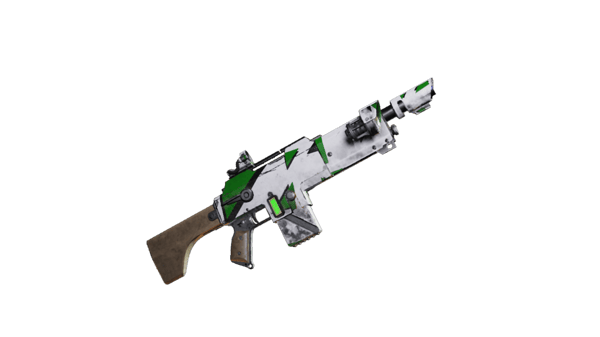
Infantry Lasgun (Death Rime Camo)
Favoured by Valhallan Ice Warrior regiments during the Massari Gulf Campaign, which was notorious for its high body count and slender military gains. Conscripts became veterans overnight, which is just as well as few lived to see a second dawn. Of the five worlds the Imperium sought to reclaim in the Massari Gulf, two were left as blackened husks and a third never emerged from the warp storm that swallowed it.
View
Infantry Lasgun (Fenstalker Camo)
Originally created as an alternate camo pattern for the Fenguard of the mist-haunted bogs of Drook VI, this design has become a touchstone for use in battlezones from sodden marshland to rain-soaked trench-lines.
View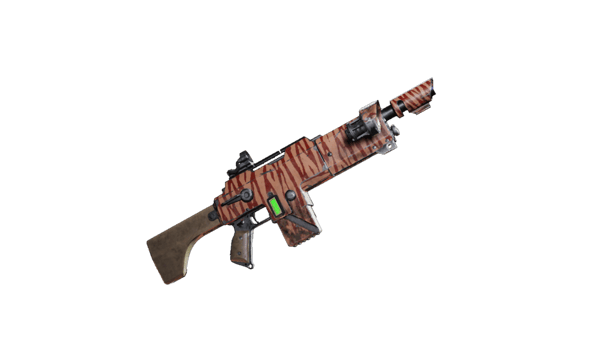
Infantry Lasgun (Fireclaw Camo)
Seen across a hundred volcanic worlds, from Lahari IX to Mezoa, Fireclaw camo was perhaps most famously utilized by the Moebian 71st during the Diabolus Campaign, where fierce fighting amidst the lava floes cemented the regiment's formidable reputation.
View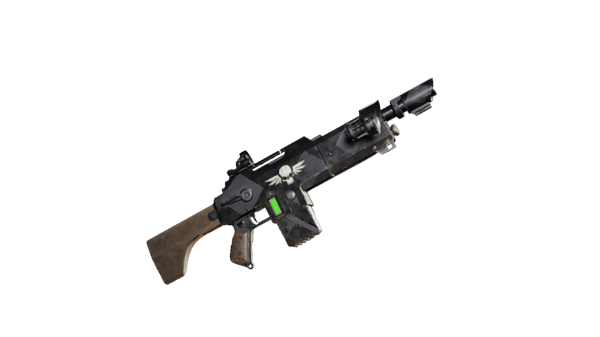
Infantry Lasgun (Mortis Operative)
Mortis Operatives are a secret cadre within Grendyl's warband, and you aren't cleared for that information.
View
Infantry Lasgun (Night-Eagle)
Beloved of Astra Militarum sharpshooter squads the galaxy over, Night-Eagle camo is equally feared by the Imperium's many foes, for it signifies death from afar at the hands of unseen killers...
View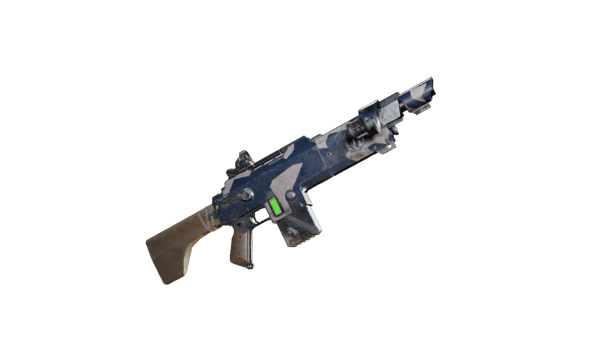
Infantry Lasgun (Nox Defiant Camo)
Colonel Gortun commissioned thousands of these weapons for the Moebian 6th's fated campaign on Nox Alpha. The dark colours are intended to help the troopers blend into the darkness. We will likely never truly know how effective this strategy was.
View
Infantry Lasgun (Redscar Thaw)
The world of Haxorn is famed for its harsh winters, which blanket the irradiated plains, turned red by centuries of industry. Haxorn has been defended many times in its long history, most recently by the Moebian 13th, who successfully repelled an Ork invasion during a vicious month of fighting.
View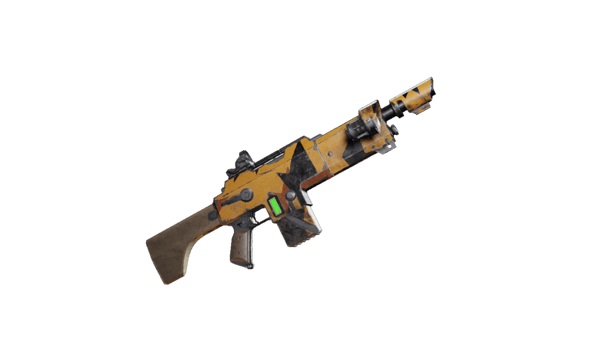
Infantry Lasgun (Scourgesplinter Camo)
This pattern mimics the shifting shadows of the myriad xenos structures that litter the sulphur deserts of Sarius III. Recently, a platoon of the Moebian 120th were sent to Sarius III to investigate strange xenos ruins. Upon their return, all but the most senior officers were mind-wiped…
View
Infantry Lasgun (Slaughterfield Camo)
This distinctive camo pattern was originally designed to mimic the leaves of a highly toxic, semi-sentient deathworld plant, in order to protect Astra Militarum soldiers from the predations of local fauna.
View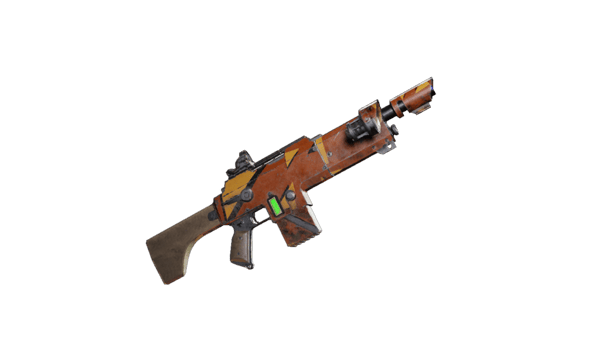
Infantry Lasgun (Solarstorm Wastes)
Originally devised for a much-vaunted campaign across the triple-sunned planet of Ramanthus IV – a death world where crystal forests formed from rad-blasted sands, and maw-toothed fauna hunted unwary soldiers by night.
View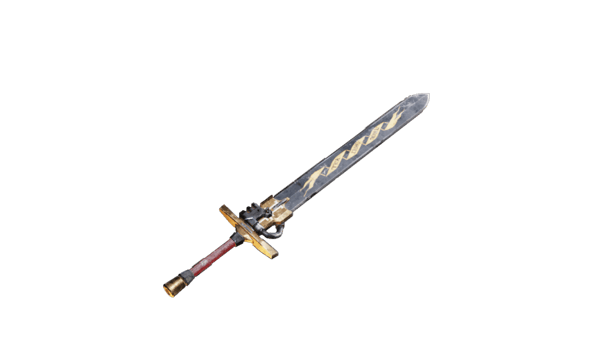
Interrogator's Force Sword
A frightening weapon in the right hands. Once this sword is drawn, there is no hiding your Inquisitorial allegiance. Best make sure no one remains to tell tales.
View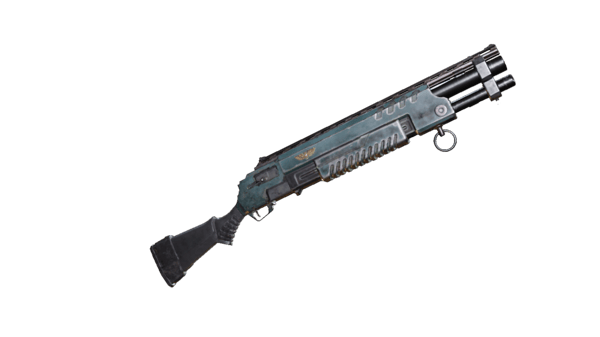
Jahga Frostrime
Fully twelve regiments were abandoned to the frozen wastes of Jahga when their battle fleet was hastily summoned across the galaxy to contest the Eastern Fringe. Six years later, the fleet returned to find almost a quarter of their number still fighting against all odds.
View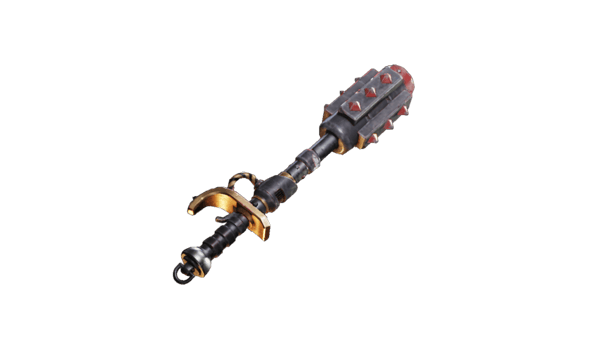
Judgement
Hailing from the local Branx forges, this shock maul has been wielded by a member of the Arbites on Atoma for as long as anyone can remember.
View
Kasr Camo
Named for the great fortress-cities of Cadia, this colouration is one of several simple, neutral patterns adopted by the famed Kasrkin. The scheme's popularity has been assured by such elite endorsement.
View
Kasr Camo
Named for the great fortress-cities of Cadia, this colouration is one of several simple, neutral patterns adopted by the famed Kasrkin. The scheme's popularity has been assured by such elite endorsement.
View
Kasr Camo
Named for the great fortress-cities of Cadia, this colouration is one of several simple, neutral patterns adopted by the famed Kasrkin. The scheme's popularity has been assured by such elite endorsement.
View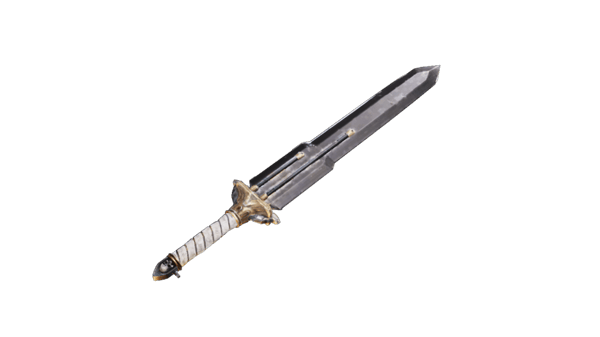
Kasr Camo
Named for the great fortress-cities of Cadia, this colouration is one of several simple, neutral patterns adopted by the famed Kasrkin. The scheme's popularity has been assured by such elite endorsement.
View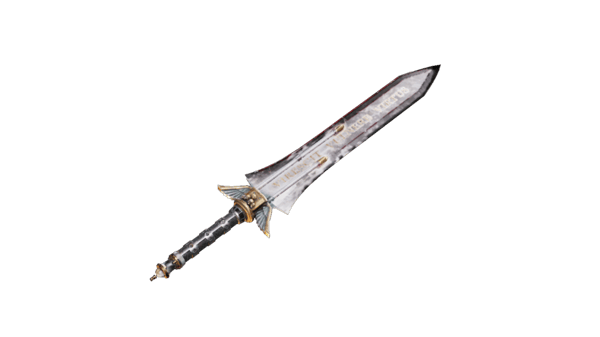
Kasr Camo
Named for the great fortress-cities of Cadia, this colouration is one of several simple, neutral patterns adopted by the famed Kasrkin. The scheme's popularity has been assured by such elite endorsement.
View
Kasr Camo
Named for the great fortress-cities of Cadia, this colouration is one of several simple, neutral patterns adopted by the famed Kasrkin. The scheme's popularity has been assured by such elite endorsement.
View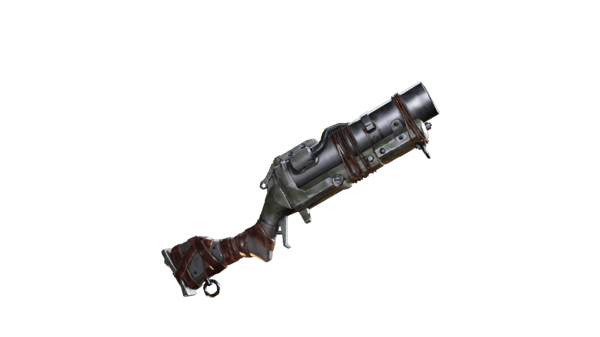
Kasr Camo
Named for the great fortress-cities of Cadia, this colouration is one of several simple, neutral patterns adopted by the famed Kasrkin. The scheme's popularity has been assured by such elite endorsement.
View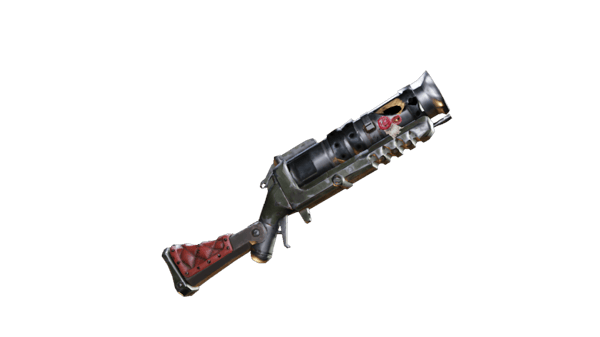
Kasr Camo
Named for the great fortress-cities of Cadia, this colouration is one of several simple, neutral patterns adopted by the famed Kasrkin. The scheme's popularity has been assured by such elite endorsement.
View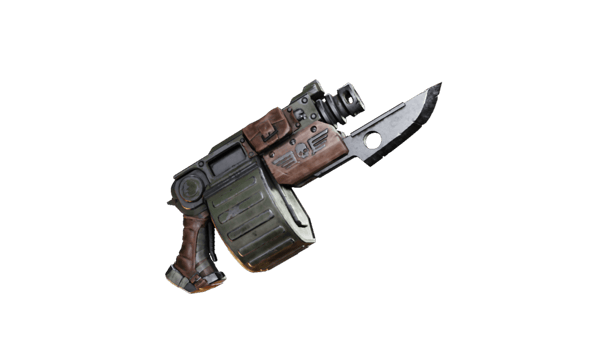
Kasr Camo
Named for the great fortress-cities of Cadia, this colouration is one of several simple, neutral patterns adopted by the famed Kasrkin. The scheme's popularity has been assured by such elite endorsement.
View